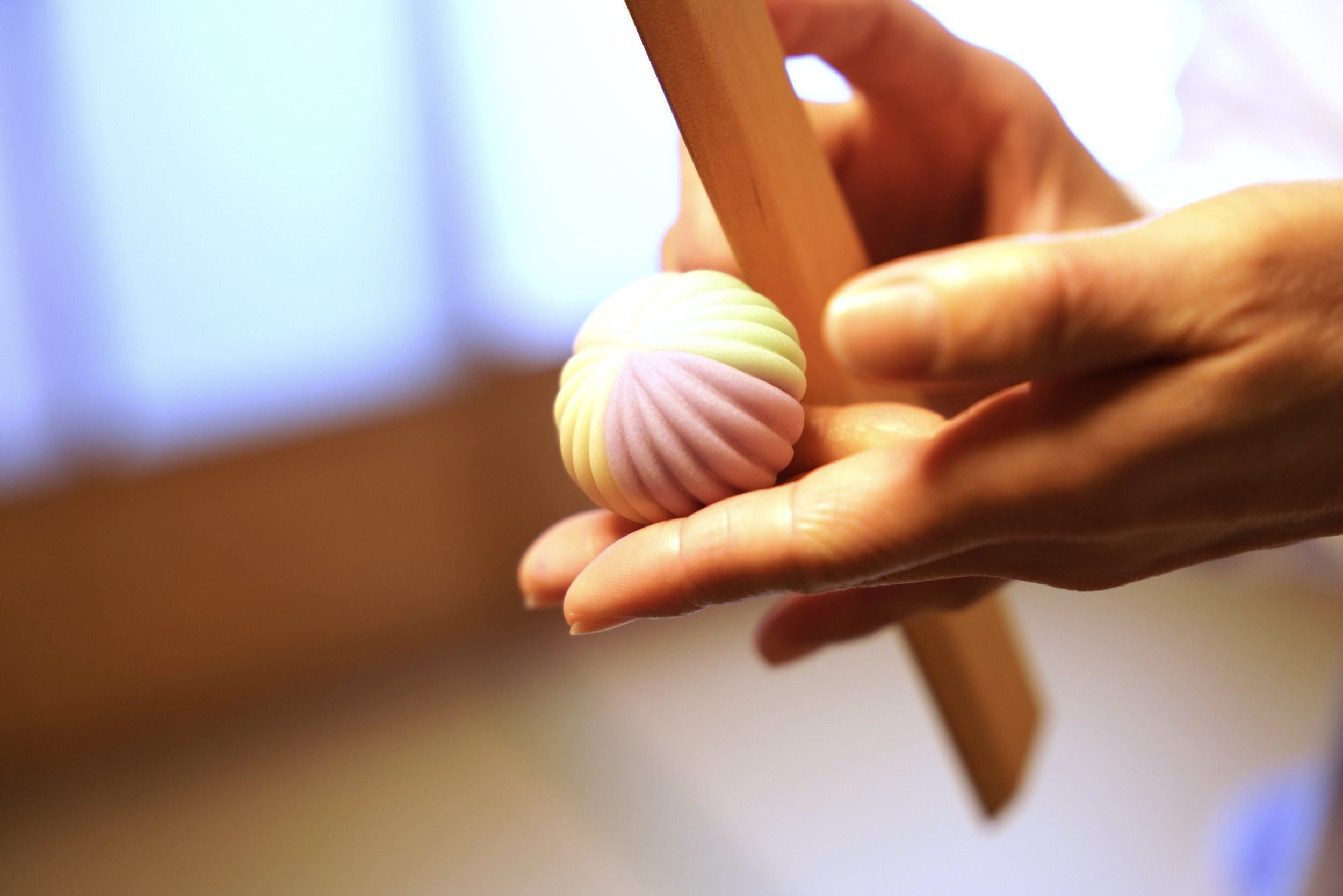Japanese "Mono no Aware" in the Shin-Hanga Movement
Beauty in the inevitable passage of time. Sensitivity to the changes in the season. A lingering wistfulness experienced in the heart of a moment, knowing it will never come again. All of these complex emotions can be contained within the Japanese concept of mono-no-aware, a principle embodied in countless different types of Japanese arts and culture, including the beautiful, bold art of Shin-hanga prints.
What is Mono-no-aware?
Mono-no-aware is no simple phrase to translate. A Japanese philosophy often described as “the pathos of things” or “a sensitivity to ephemera,” mono-no-aware is better explained through experience. Witnessing the vibrant beauty of cherry blossoms, which burst into bloom and wither within a week, is often the quintessential example of mono-no-aware’s emphasis on life’s bittersweet transience. When traveling to Japan in autumn or spring, this focus on appreciating the seasons before they pass can be fully experienced—through the melting of the snow in early spring to the bright red leaves of Japan’s maple trees.
Mono-no-aware and the Shin-hanga Movement
In the early 20th century, the Shin-Hanga movement emerged as a revitalization of traditional Japanese woodblock printing, blending traditional techniques with modern subjects. Artists of this movement captured the essence of mono-no-aware by depicting scenes of everyday life, landscapes, and natural beauty, all tinged with a sense of melancholy and impermanence, as these things were disappearing right before their eyes.
Modernity signaled an exciting new transition to technology and development. Yet at the same time, the old scenery and ways of life were stripped away in the face of this modernization. Shin-hanga artists set out to capture these vanishing views, creating woodblock prints tinged with nostalgia and longing for the bygone days of Japan’s Edo Period.
While the landscapes of Japan captured in Shin-hanga prints no longer exist in Japan, visitors to Japan can appreciate traces of this artistic movement in galleries and museums. Each Shin-hanga artwork acts as a unique lens to which glimpses of Japan’s past can be seen by modern viewers.
Experiencing Mono-no-aware in Modern Japan
Mono-no-aware can be felt in all moments of life, not just captured in the elegant frames of Shin-hanga woodblock prints. For travelers to Japan, simply strolling through the streets of Tokyo or Kyoto can showcase a fragile landscape always on the verge of change, as old buildings are torn down and new ones built.
Traveling to Japan with a seasonal focus also allows for immersion into the philosophy of mono-no-aware. An awareness of the seasons is a huge component of Japanese culture, including culinary culture. Divided into 72 micro-seasons, Japanese culinary arts heavily features limited-time menus reflecting seasonally-available ingredients or specialities. Wagashi treats, often paired with the rich taste of matcha, also has seasonal offers strictly limited to specific seasons or events.
Even clothing is framed with an awareness to the passage of time. Kimono often feature motifs or images that pair with the changing seasons, and certain colors are often strongly suggested to be worn only during specific times of the year.
Other Japanese Philosophies
Mono-no-aware is one well-known example of Japan’s aesthetic principles and philosophies, but it’s by no means the only ones. Other famous—and lesser studied—Japanese philosophies include:
Wabi-sabi: the idea that beauty can be found in imperfection, this idea is displayed in countless types of Japanese art, including kintsugi
Nagori: similar to mono-no-aware, nagori also stresses an appreciation of the changing of the seasons
Ichi-go, Ichi-e: translated to “one lifetime, one encounter” and often seen in tea ceremony, this Japanese philosophy suggests that each moment is special and should be appreciated as irreplacable
Mushin: a mental state featured in Buddhism as free of emotions or thoughts
Yugen: often featured in Noh theater, yugen suggests beauty is full of mystery, never fully witnessed by viewers
Japanese Cultural Masterclasses
Immerse into mono-no-aware with expert-led masterclasses that emphasize the fleeting beauty of the seasons and the passage of time. Craft seasonal wagashi with award-winning confectioners, mend broken pottery with a kintsugi artisan, and dive deeper into Japan’s wide range of crafts, arts, and culture.
Make your own edible art at a wagashi shop established in 1803, learning directly from a culinary arts expert.
Combine ancient aizuri woodblock printing techniques with indigo dyeing at this atelier with over 200 years of history.




